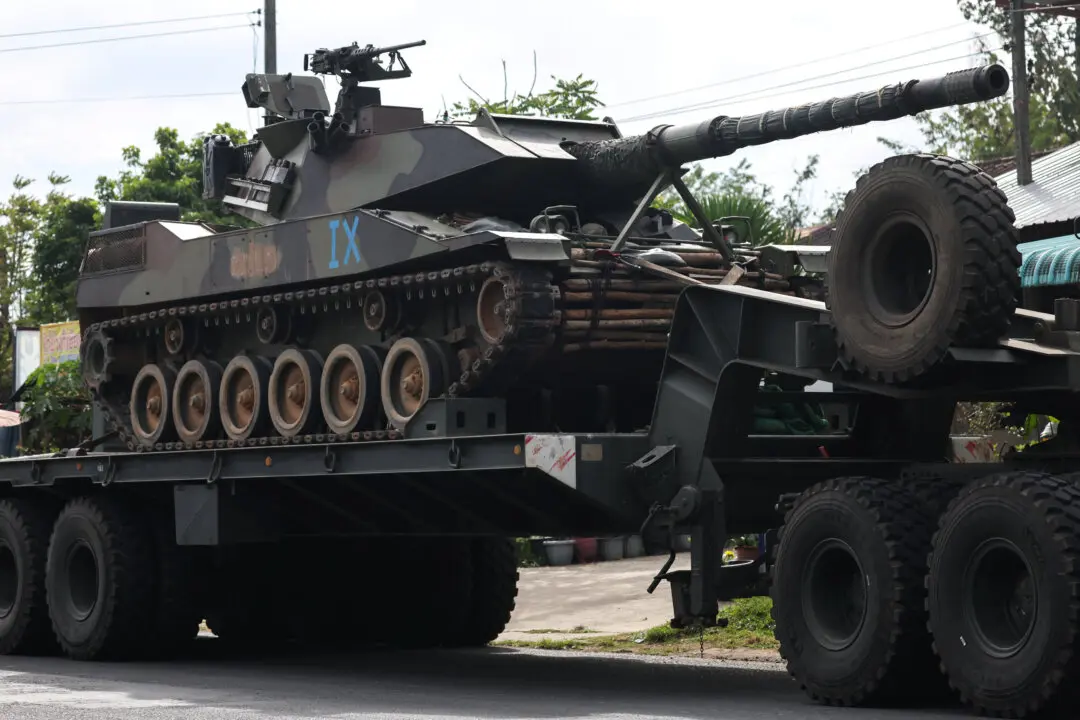Winter winds brought extreme cold and ice-slicked roads to the Midwestern and Eastern United States on Jan. 21, with Martin Luther King Jr. Day holiday and an ongoing government shutdown allowing many to heed official advice to stay indoors.
The arctic blast of frigid air has followed a January storm that dumped more than a foot of snow and sleet across the Northeast, which started melting on Jan. 20.




